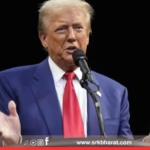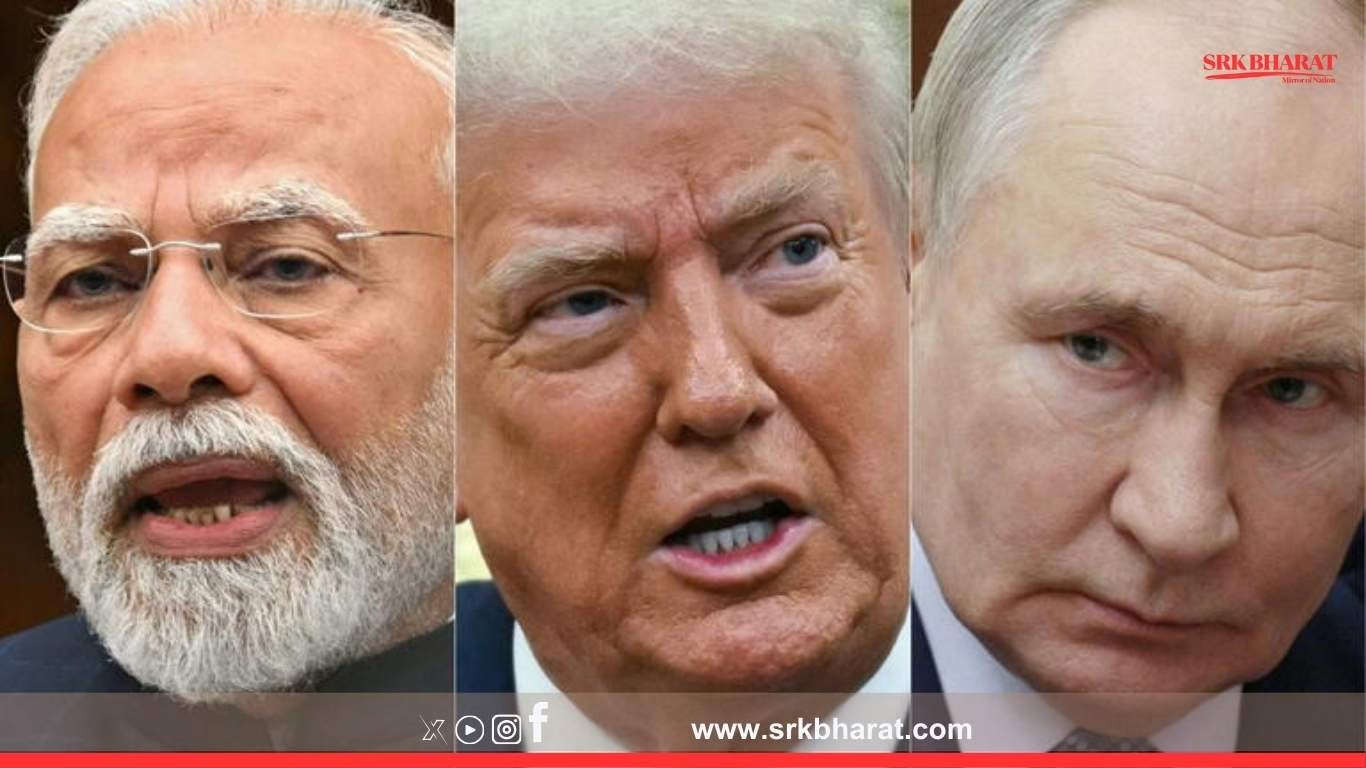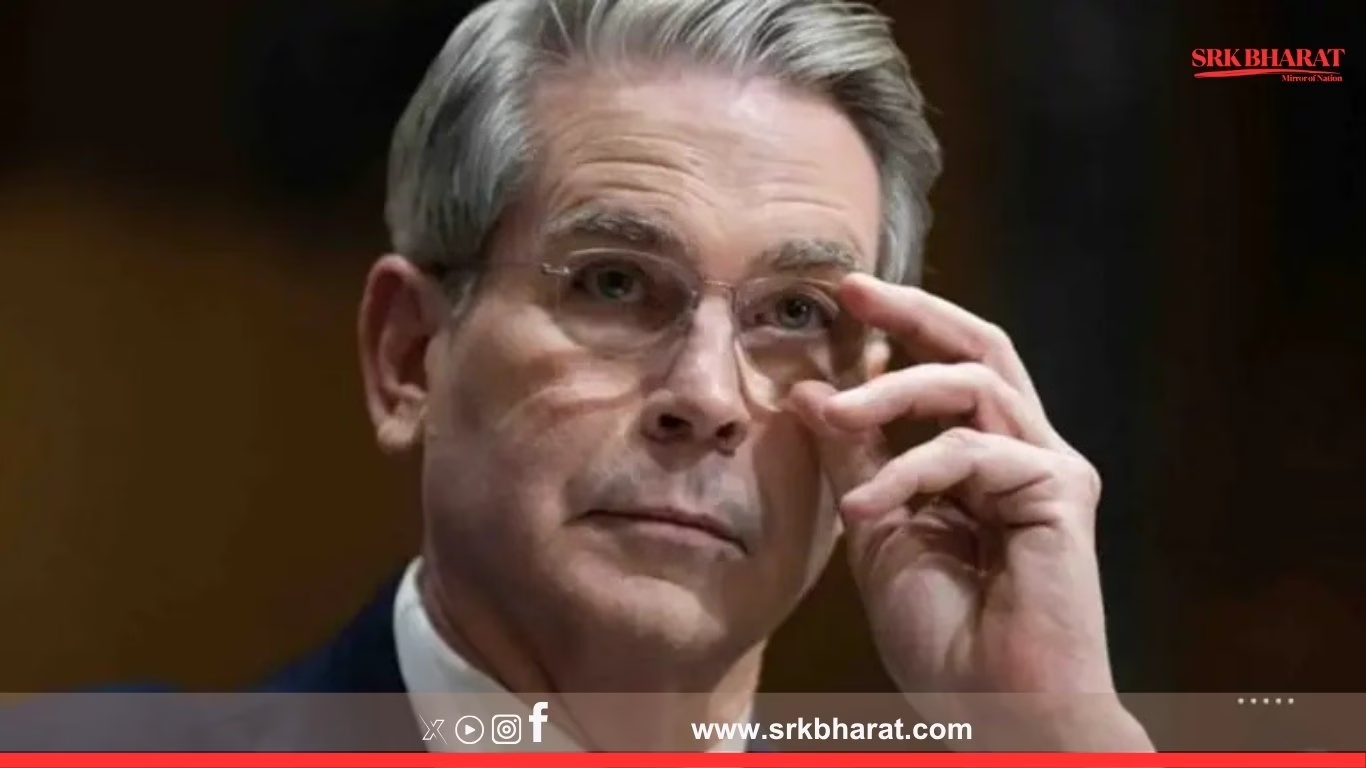Tensions between Washington and New Delhi have intensified after the United States threatened to impose additional tariffs on Indian goods just days before a high-stakes meeting between US President Donald Trump and Russian President Vladimir Putin in Alaska. The move comes amid escalating geopolitical maneuvering, as India seeks to balance its trade and diplomatic relationships with both Western powers and Russia.
US Trade Threats Put Spotlight on Strategic Talks
The US Trade Representative’s office has reportedly drawn up a list of over $12 billion worth of Indian exports that could face higher tariffs if trade disputes are not resolved. This potential tariff hike targets sectors such as pharmaceuticals, textiles, steel products, and IT services—industries that form a significant portion of India’s export earnings from the US.
According to senior officials, the tariffs are being considered in response to India’s continued trade with sanctioned Russian entities, New Delhi’s restrictions on certain US agricultural imports, and ongoing disagreements over digital taxation.
India’s Response: “We Will Protect Our Interests”
In a measured but firm statement, India’s Ministry of External Affairs said the country will “protect its economic and strategic interests” and engage in constructive dialogue to address differences. Officials also stressed that India’s trade policies are consistent with WTO rules and that punitive measures would hurt both economies.
An Indian trade negotiator, speaking on condition of anonymity, remarked:
“Any tariff escalation will have consequences for US exporters as well. The US benefits significantly from India’s growing consumer market, and we are confident that a negotiated solution is possible.”
Tariff Threats and Trade Numbers
| US Imports from India (2024) | Value (USD) | Share of Total US Imports |
|---|---|---|
| Pharmaceuticals | $8.7 billion | 5.2% |
| Textiles & Apparel | $7.4 billion | 4.5% |
| IT Services (outsourced) | $6.3 billion | N/A (service trade) |
| Steel & Metal Products | $3.8 billion | 2.1% |
| Agricultural Products | $1.5 billion | 0.9% |
If implemented, these tariffs could hit India’s export revenues significantly, while also increasing costs for American companies and consumers dependent on competitive Indian goods.
The Alaska Factor: Trump–Putin Meeting Raises Eyebrows
The upcoming meeting between Trump and Putin in Alaska has raised speculation that the tariff threat may be part of a broader strategic bargaining strategy. Observers note that both Russia and India have deep defense and energy ties, and any US attempt to pressure India economically could be linked to Washington’s efforts to curb Moscow’s global partnerships.
Experts say the US could be sending a signal to New Delhi: align more closely with Washington’s foreign policy objectives, or face economic consequences.
India’s Geopolitical Balancing Act
India has long pursued a policy of strategic autonomy, maintaining close defense ties with Russia while deepening trade and technology cooperation with the US and Europe. The Ukraine conflict and Western sanctions on Moscow have complicated this balance, forcing India to carefully navigate between competing pressures.
| India’s Top Trade Partners (2024) | Trade Value (USD) | Share of India’s Total Trade |
|---|---|---|
| USA | $118 billion | 17% |
| China | $101 billion | 14.5% |
| UAE | $84 billion | 12% |
| Russia | $68 billion | 9.8% |
| EU (combined) | $156 billion | 22% |
Potential Impact on the Indian Economy
Economists warn that fresh tariffs could impact India’s manufacturing sector, foreign exchange earnings, and employment in export-oriented industries. The Indian rupee could also see short-term volatility if investor sentiment turns cautious.
Possible impacts include:
- Job Losses – Sectors like textiles and leather goods, which employ millions in small-scale industries, could be severely affected.
- Reduced Forex Inflows – Export slowdowns would pressure India’s current account balance.
- Corporate Profit Margins – IT and pharmaceutical companies dependent on US markets could face pricing pressures.
- Investment Sentiment – Higher trade barriers may discourage US companies from expanding in India.
Analysts’ Views
- Dr. Shailendra Gupta, trade economist: “The US may be using tariffs as leverage ahead of the Trump–Putin meeting, not just to pressure India but also to signal toughness to Russia.”
- Anita Sharma, political risk analyst: “India’s best strategy is to remain open to negotiation while continuing to diversify export markets to reduce vulnerability.”
A History of US–India Tariff Disputes
Trade disputes between the two countries are not new. In recent years:
- 2018: US imposed steel and aluminum tariffs; India responded with counter-tariffs.
- 2019: US revoked India’s preferential trade status under the Generalized System of Preferences (GSP).
- 2020–2022: Disagreements over e-commerce regulations and digital services taxes heightened tensions.
Despite these disputes, bilateral trade has continued to grow, reflecting the underlying economic complementarities between the two economies.
The Road Ahead
Diplomats from both sides are expected to meet in the coming weeks to explore possible solutions. Areas of negotiation may include:
- Market Access – Reducing tariffs on specific US agricultural goods.
- Data & Digital Taxation – Finding a mutually acceptable framework for cross-border digital services.
- Defense Procurement – Expanding joint projects to strengthen strategic ties.
- Energy Cooperation – Increasing US LNG and oil exports to India to reduce Russian energy imports.
If handled diplomatically, the crisis could become an opportunity to recalibrate trade relations and set the stage for deeper cooperation.
Conclusion
The US tariff threat, coming just before the Trump–Putin Alaska summit, is more than a trade dispute—it’s a geopolitical message aimed at reshaping alliances in a rapidly shifting world order. India’s response so far has been firm yet diplomatic, reflecting its desire to safeguard national interests without closing the door to negotiation.
The next few weeks will be critical in determining whether these tensions escalate into a full-blown trade conflict or pave the way for a new, more balanced economic partnership between the two democracies.
Disclaimer: This news article is based on publicly available data, expert analysis, and government statements. It is intended for informational purposes only and does not constitute legal, financial, or political advice.











